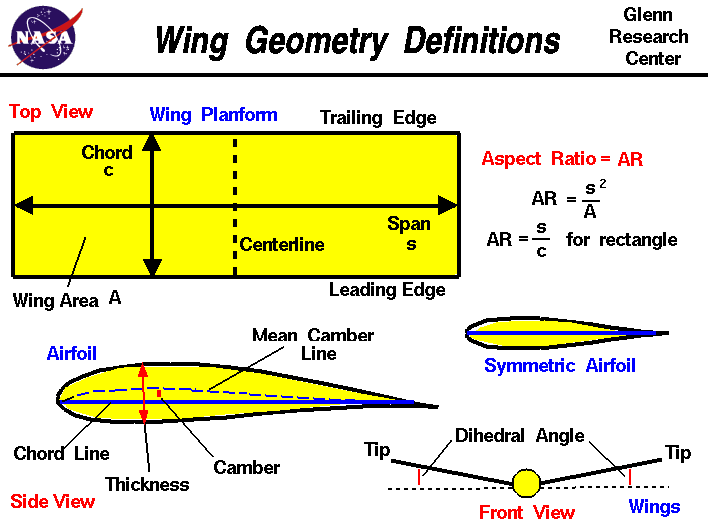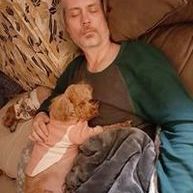see this topic:
buckeye shows almost everything to get the angular acc
then with the equations of
a - your angular acceleration
//this is for linear velocity not angular
v = v + a*delta_t;
pos = pos + v*delta_t;
but the equations are the same then you will end up with a vector which will be your angular 'translation' for each axis for each control surface.
and you are almost there
the thing is to attach forces that are acting (the rotational part) to the center of pressure of each control surface (elevators, wings) which for slow velocities will be in wing case 1/3 of chord , 1/2 wing span, and mean chord,
lets assume Y is your up vector then according to that:

X = span/2 Y = mean choord y val in 1/3 from wing front, Z = 1/3 of chord from front.
the math behind rotation for model itself (when you have your angles) is quite complicated thing. and i wont provide code for it. Alli can say its a rotation aroundrotated local axis.
YOu could use quaterions for that or single sin cos approach and build a rotation matrix.
I dont want to "hack" one of the four fources, i just want to add some "downforce" on the stabalizer that creates and "upforce" on the nose.
since wing center of pressure is not situated in the geometric center of the whole aircraft (not in the axis) it will rotate the plane after lift is sufficient.
and ofc elevator deflection does that too.
This is pretty streight forward, and it works like a charm,
Thats strange i made such simulation based on those 4 forces it diidn't work as it should could you explain your approach?
DId you make force equations with the respoect to the drag./lift coefficients tables? like the wing is divided into lets say two parts one without airlieron and second with it then when you deflect airlieron you change the coefficient or you did something else?
Nose upforce = Thrust * 0.6 - (some constant value so that we cant rotate on small thrust)
I need to lift the nose to get some Angle of attack so the airplane starts to generate lift.
wing shape should generate lift on 0 angle of attack, when not you use flaps to get higher lift coefficient.
btw Anyone know the angle of attack on a b737 with the vertical stabalizer trimmed to 0?
what is vert stab in your meaning?
elevator?
anyway the summary
to pitch nose up or down
you deflect elevator then you apply the force at the point of 1/3 of chord for that elevator etc. then from these equations in the beggining you rotate the by the calculated angle
theres alos the inertia for the plane itself but its mr^2. really read that topic i made;










